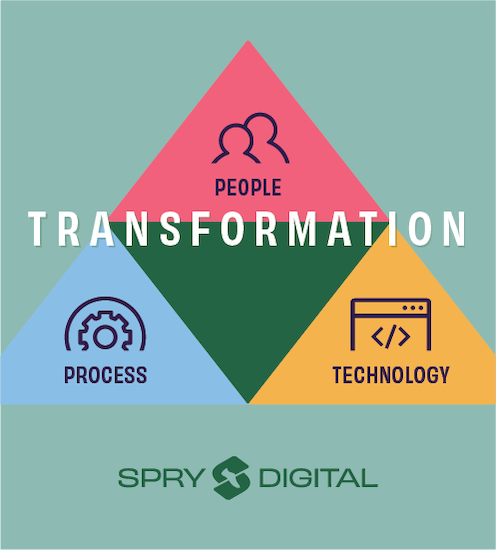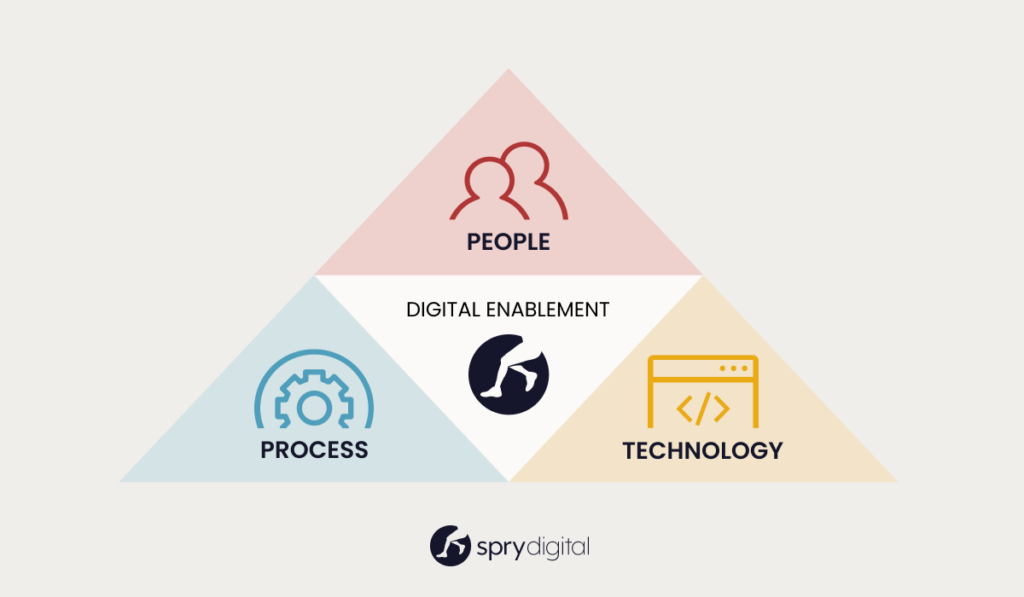Using A Digital Scorecard To Measure Digital Maturity

The Race to Digital
Pivoting from a traditional business model to a digital one does not happen with a snap of a finger. It requires a transformational shift in how people, resources, processes and tools are organized and managed across the organization. This level of change requires bold leadership and a culture that embraces innovation, uses data in decision-making and is not afraid to try new ways of working – including changing course when it isn’t working. Digital enables organizations to work smarter, and the evidence suggests that the move to a digital model is worth the effort.
In a previous article I wrote about the “decade in days” adoption of digital models during the COVID-19 pandemic, as the world moved to virtual meetings, online education and curbside shopping. Historically, times of high disruption lead to unprecedented innovation. Necessity is the mother of invention, after all. The lesson we learned during the pandemic, just like cataclysmic events before it, is that the organizations that invest in innovation, leverage insights in their strategy and decision-making, and experiment and test models are more resilient in future disruptions.
The world was already moving to digital before COVID-19; the pandemic merely accelerated the pace.
Using a Digital Scorecard to Measure Digital Maturity
Digital transformation is using digital technology to change how a business operates and delivers value to its customers. As previously stated, it requires a shift in the organization and management of people, resources, processes and tools. Transformation also has to take into account an organization’s culture and ability to use innovative methods and insights in strategy and decision-making.

Digital maturity reflects an organization’s effectiveness in using digital to deliver value. Many organizations use a version of a digital scorecard to evaluate their digital maturity. While these scorecards may vary in structure (usually in how the factors are described and grouped by business areas), they all aim to identify how well an organization is leveraging digital and where it is in its transformation journey.
Common Areas of the Digital Scorecard
As I mentioned, the items that constitute a scorecard may vary from one organization to the next. This is partly due to how an organization maps its business into disciplines or competency areas. What is essential is that the scorecard considers all business areas to leverage innovation and digital thinking.
Below are scorecard metrics examples, demonstrating that scorecards go well beyond the product or service to encompass culture, planning, structure and delivery.
Culture
Creating a culture that embraces innovation, creates accountability with leaders and enables employees can create the impact that businesses are looking for.
- Culture
- Innovation Leadership
- Governance (Measurement and Accountability
- Workforce Enablement
Strategy
The measurement of strategy is based on the ability of an organization to shape services and products by using data to create meaningful insights. The idea is to continually diagnose, hypothesize, test and pivot to build upon successes.
- Brand Management
- Strategy Management
- Digital Roadmap
- Stakeholder Management
- Digital Ecosystem Management
- Market Research + Data
- Ideation + Innovation
Customer
The ability to listen to customers, capture their vital data and enable them along their customer journey will create more meaningful experiences to enhance their lifetime value.
- Customer Experience
- User Experience
- Multichannel Engagement
- Self-Serviceability
- Customer Insights + Behavior
- Personalization
- Lead Generation
- Digital Commerce
Technology
Technology measurement is based on how effectively the IT organization is able to empower teams and activate data across the organization. It also addresses practices that bolster digital security and create the ability to continuously deliver features with minimal technical debt.
- Data Governance
- Activating “Dark Data”
- System Interoperability
- Digital Security
- Continuous Delivery
- Automated IT Service Management
Operations
Operationally, the organization needs to successfully manage all this change with an alignment of processes, services and resources. Streamlining operations is central to passing along value to customers.
- Agile Change Management
- Automated Resource Management
- Integrated Service Management
- Real-Time Insights + Analytics
- Smart Process Management
- Standards and Governance Management
- Talent Management
- Digital Applicant Tracking + Onboarding
Planning Your Digital Journey
How do you view your business across these areas? If your business is like most, you may be more mature in some areas than others. Recognizing where your business model is more digitally mature and identifying the weak points are the first steps in creating a digital roadmap for your organization. Regardless of where your business is on the digital-maturity spectrum, it takes time to bring about meaningful transformation.
Creating a comprehensive plan that delivers short-term wins with significant gains builds energy and excitement in the transformation planning phase. Focus on the items that will enable transformation in your business – for many organizations, that begins with unifying data and systems.
If you are wondering where to begin your digital journey or what step to take next, talk to us.

